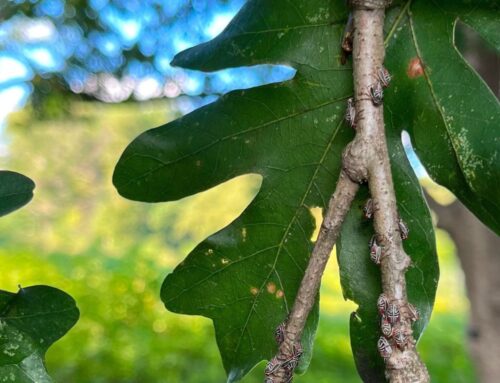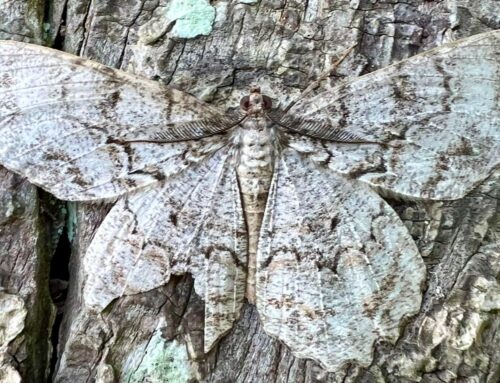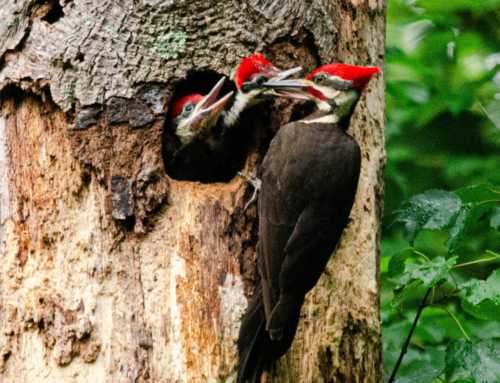I’ve previously written about forest plants that are parasitic but today I want to talk about another sort of forest plant relationship. I can’t think of a more loving connection than the one between a mother and a child and recent research shows that a similar relationship exists between older trees and younger trees in the forest. These trees do require an intermediary to sustain the connection between them and that’s where the ‘wood-wide-web’ comes into the picture.
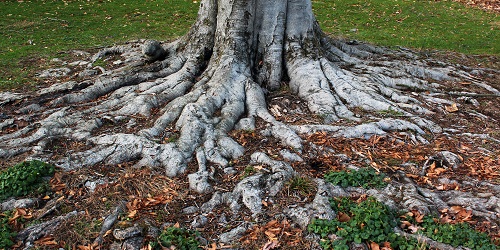
Understanding that the forest could be viewed as a superorganism was not an easy concept. Many scientists were influenced by the ideas introduced by Charles Darwin, which focus on individual organisms or species competing with one another. But in the 1990’s forest ecologist Suzanne Simard pioneered new research in this area. She started to see that there were social relationships between trees and not only among trees of the same species. Simard co-authored a paper for Nature in which she and her colleagues describe the mycelial (fungal) networks that connect the roots and trees in a common mycorrhizal network (mykós means fungus and riza means root in Greek) or what has been called the wood-wide-web.
As the term mycorrhizal suggests, microscopic fungal filaments actually connect directly into the trees’ root hairs or surround them to make the connection. This allows for the flow of sugars produced by photosynthesis from the trees to the fungi in one direction. Nitrogen, phosphorus and other mineral nutrients extracted by the fungi from soil and rock can flow in the other direction to the trees.
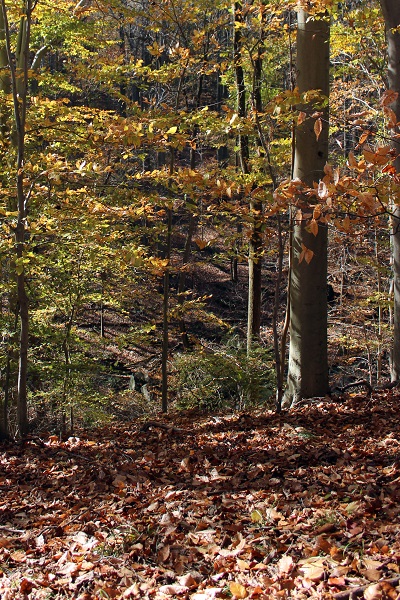
But this is something more than a simple symbiotic relationship. One thing that makes it different is the messaging that flows between the plants through the fungi in the network. For example, distress signals can be sent from a particular tree alerting other trees to disease, insect attack or drought allowing the distant recipients to set up chemical defenses or conserve water in advance.
The network also allows mature trees to “tend to” their offspring. Young saplings that struggle for sunlight in the shaded understory have larger leaves to make the most of the sunlight reaching them but we now understand that mature “mother” trees will share their sugars with their “siblings” to supplement what they produce on their own. It is even understood now that mother trees recognize their own kin and favor them over strangers of the same species. This kind of sharing is also seen between healthy and sick trees, the stronger nursing the weaker to health. A dying “mother” tree can even release the last of its stored nutrients back into the network for others to use. They can also send compounds that can increase the defense mechanisms of their seedlings in order to increase resistance to future stresses.
Having evolved together in forest relationships the wood-wide-web even creates connections between different species. Simard’s experiments showed that paper birch and Douglas fir which grow together in Canadian forests will share sugars during the year using the mycorrhizal network. She determined that the birches were sending more sugars to the firs in summer when the birches were photosynthesizing heavily. The flow reversed when the birch was leafless in winter and since the firs were evergreen.
Now the forest can be seen as a superorganism in which specific trees and fungi coevolved to build a complex network. This network is the nervous system and blood stream of the organism. Natural or man-made disturbances to the forest can disrupt the wood-wide-web and cause decline in overall health or worse.
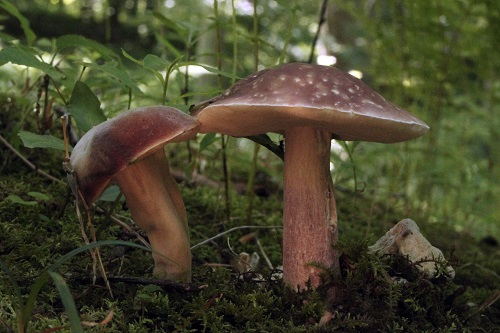
So, the next time you see that interesting mushroom under that beech tree realize that it’s a small part of a larger and complex system. Below your feet the wood-wide-web is actively sending information and nutrients between “mother” trees and their “friends” and “family” all around you.
Suzanne Simard’s Ted Talk tells the story of her 30 years of research in forests.


